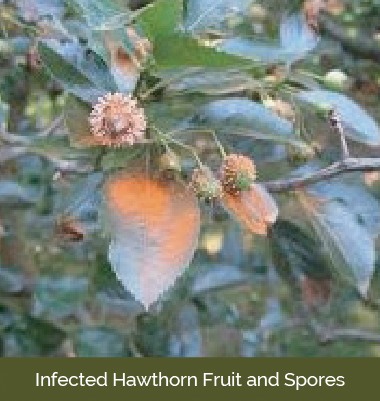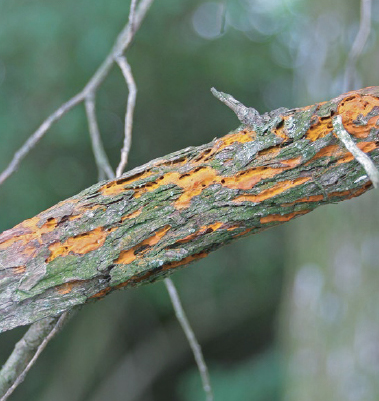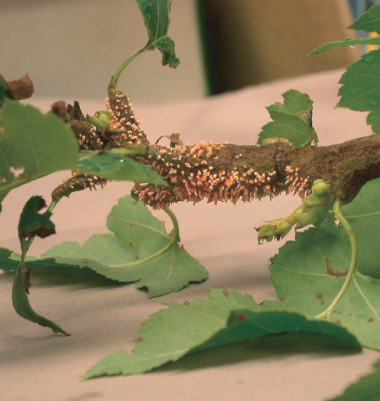It may be from a condition known as cedar-quince rust. Small, pale-yellow spots appear on leaves that enlarge and turn orange-red over time.
Cedar-quince rust spreads when galls on junipers release spores in the spring, which are carried by wind to infect nearby plants in the rose family. These spores land on new leaves, shoots, or fruit, especially during cool, wet weather, causing visible spots and swelling.
Symptoms and signs include:




From questions to estimate requests, contact us about your residential or commercial project.